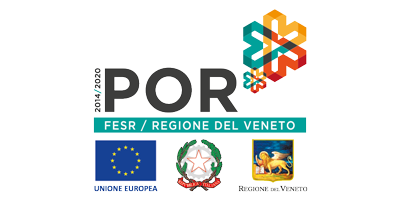Editorials
Millerandage of the vine: What are the causes and suitable solutions to prevent this disease and guarantee good production?
05/06/2021
What is millerandage?
The term “millerandage” indicates an uneven development of the grapes in the bunch. The number and size of the berries are the product of the delicate phase of flowering and fruit set. In this phase, any nutritional imbalance and abiotic stress can have a decisive influence on the development of berries and bunches.
What are the main causes that determine the millerandage?
- Nutritional factors: the nutritional elements available to the plant play a fundamental role in establishing the size of the berry, ensuring good flowering and fruit set as well as correct cell multiplication and distension.
- Nitrogen: directly stimulates the production of auxins; notoriously flowering hormones.
- Iron: even a temporary unavailability of iron (as often occurs in rainy spring) especially in calcareous soils can negatively affect the success of flowering, leading to a partial fruit set with floral abortions or development of small size seedless berries. The small size of the berries, caused by the lack of iron, often does not affect the quality of the wine grape, as it is a so-called sweet berry.
- Boron: essential for successful flowering and for the growth of new cells of the meristematic tissue, it also promotes pollination and fruit development. Boron passes through the plant following the xylem flow, so any slowing of transpiration (eg water shortage) can cause a lack of the element (frequent in drought areas, sandy soils, calcareous soils and with little organic matter).
- Molybdenum: the element follows the lymphatic flow of the plant and, although molybdenum deficiency is less frequent than other nutritional elements, in some wine-growing areas of the world it has been found that molybdenum deficiency leads to uneven growth of the grape.
- Zinc: several authors agree that good nutrition in zinc flowering decreases the percentage of floral abortion.
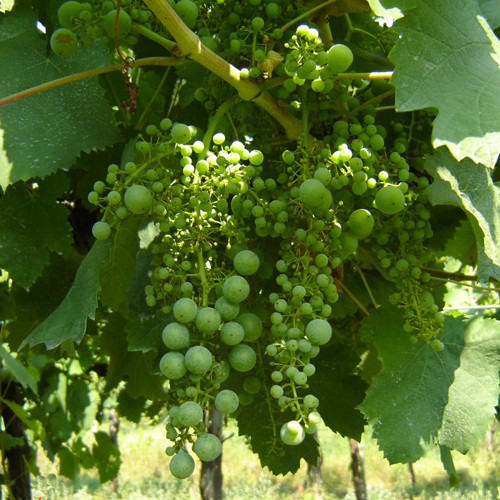
- Environmental factors: excessive humidity and rain cause difficulty in capfall which inevitably causes the flower to abort. Low temperatures, on the other hand, limit the biosynthesis of cytokinins and auxins; considered the main promoters of cell division and distension. Furthermore, water regimes that do not comply with the needs of the plant can cause a decrease in the percentage of fruit set, floral abortion or simply small berries. In fact, a scarcity of water in the summer period between the fruit set and veraison phase often determines a real berry with alternating large and small berries on the same bunch. This is due to a limited multiplication and cell distension.
- Genetic factors: Some varieties only have male or female flowers due to their genetic character. This represents one of the fundamental causes of the uneven growth of the berries. Another genetic factor is the malformation called "star flower". This occurs due to the particular conformation that is sometimes assumed in bloom by the petals which open from the top of the calyptra forming a characteristic star shape. This irregularity forces the flower to very short stamens, anthers that regress with difficulty and a pistil which, when the ovary opens, still emerges immature. The stigma also appears free of pollen, leading to the parthenocarpic formation of the berries which simply have the beginnings of grape seeds and consequently are reduced in size.
Some suitable solutions to promote flowering and fruit set and to prevent millerandage.
ILSA suggests the use of two specialties for foliar application; both derived from a completely natural and totally sustainable process of enzymatic hydrolysis (FCEH®).
Ilsamin Multi is a nutritional specialty allowed in organic farming and based on microelements (Zn, Fe, Mn and B) and complexed by amino acids and peptides which promote the absorption and conveyance of these elements in the plant. Thus, the appearance of nutritional plant diseases is prevented - also favouring the correct functioning of the plant's metabolism (flowering, breathing, etc.).
IlsaC-on is a 100% vegetable biostimulant, allowed in organic farming, based on Fabaceae® enzymatic hydrolyzate, rich in left-handed amino acids, natural triacontanol, saponins, polyphenols, γ- and β-aminobutyric acids and polysaccharides. These organic molecules promote flowering, cell multiplication and the absorption of nutrients and water.
In the pre-flowering and full flowering phase ILSA recommends to use Ilsamin Multi by foliar application at a dosage of 1.5-2 (Kg / ha) in association with IlsaC-on at a dosage of 1.5 (Kg / ha) ). With appropriate targeted interventions (and without exceeding in fertilizations to protect the environment), flowering and fruit set are favoured, plant diseases linked to nutritional deficiencies are prevented and the response mechanisms of the plant to abiotic stresses are activated (water imbalances, high temperatures , etc.) ensuring a vegetative-productive growth of the plants in line with the expectations of the winemaker.
Visit www.ilsagroup.com website for further information for vine fertilization. By registering you can download technical documentation, in-depth dossiers, reports, results of research and field tests.
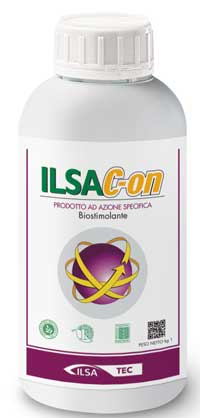



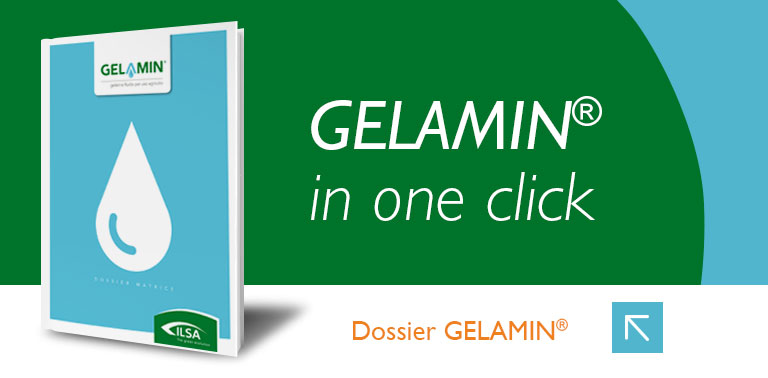
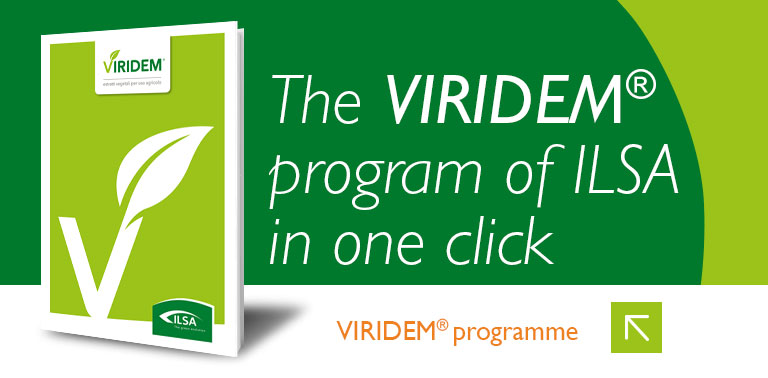

.png)
